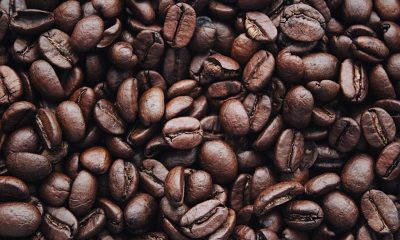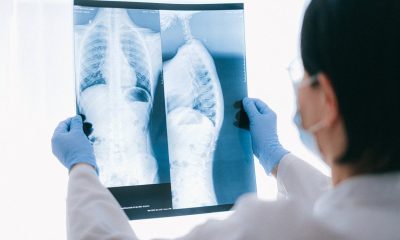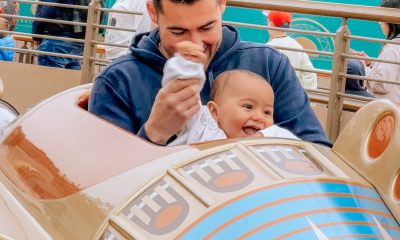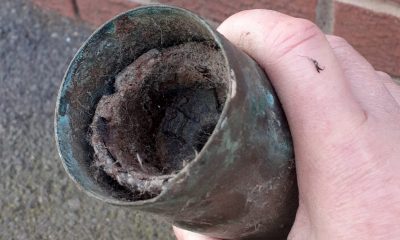By James Gamble via SWNS
Scientists investigating how our cells operate in space have found a possible way to protect astronauts from radiation damage on long missions.
A new study looked at cellular stress responses in the gravity conditions of space, called microgravity.
The American researchers found a protein modifier known as SUMO reacted with 37 proteins - including ones important in repairing damaged DNA.
The study team hopes these new insights could help astronauts on future missions, particularly because radiation damage is a serious risk in space.
Researchers from Oklahoma State University looked to investigate how microgravity triggered unique cellular stress responses.
In order to discover which cellular processes were affected by the stress of microgravity, the team began by comparing levels of protein expression for cells that experienced each gravity condition.
To understand what was driving these protein changes, the team investigated which proteins interacted with a protein modifier called SUMO using 'mass spectroscopy' - the study of the absorption and emission of light and other radiation by matter.
Small ubiquitin-related modifiers, or SUMO, target certain proteins and can change aspects of the way these proteins function.
SUMO interacts with proteins via two types of chemical bonds: a covalent attachment to a target lysine, or noncovalent interactions with a binding partner.
The researchers observed both types of interactions in yeast cells; a model organism commonly used to study cellular processes.
They analyzed cells that had undergone six cellular divisions in either normal Earth gravity or microgravity, simulated using a specialized cell culture vessel developed by the American space agency NASA.
To understand which cellular processes were affected by the stress of microgravity, they began by comparing the levels of protein expression for cells that experienced each gravity condition.
In the cells experiencing microgravity, the scientists identified 37 proteins that physically interacted with SUMO and showed expression levels that differed from that of the Earth gravity cells by more than 50 percent.
These proteins included ones important for DNA damage repair - which is especially notable due to the risks of radiation damage to astronauts in space.
Other proteins which interacted with SUMO were involved in energy and protein production, cell-shape maintenance, cell division and trafficking proteins inside cells.
Research team leader Rita Miller, a Professor of Biochemistry and Molecular Biology at Oklahoma State University, explained: "Under normal gravity conditions, SUMO is known to respond to stress and to play a critical role in many cellular processes.
"These include DNA damage repair, cytoskeleton regulation, cellular division and protein turnover.
"This is the first time that SUMO has been shown to have a role in the cell’s response to microgravity.
"Since SUMO can modify several transcription factors, our work may also lead to a better understanding of how it controls various signaling cascades in response to simulated microgravity."
Jeremy Sabo, a graduate student in Miller's lab, will present the team's findings at Discover BMB - the annual meeting of the American Society for Biochemistry and Molecular Biology held in Seattle.
The researchers will next look to determine whether the absence of the SUMO modification on specific proteins is harmful to the cell when it is subjected to simulated microgravity.

 Parenting1 day ago
Parenting1 day ago
 Broadcast3 days ago
Broadcast3 days ago
 Broadcast1 week ago
Broadcast1 week ago
 Funny1 week ago
Funny1 week ago
 Broadcast2 days ago
Broadcast2 days ago
 Shopping1 week ago
Shopping1 week ago
 Money3 days ago
Money3 days ago
 Parenting1 week ago
Parenting1 week ago























